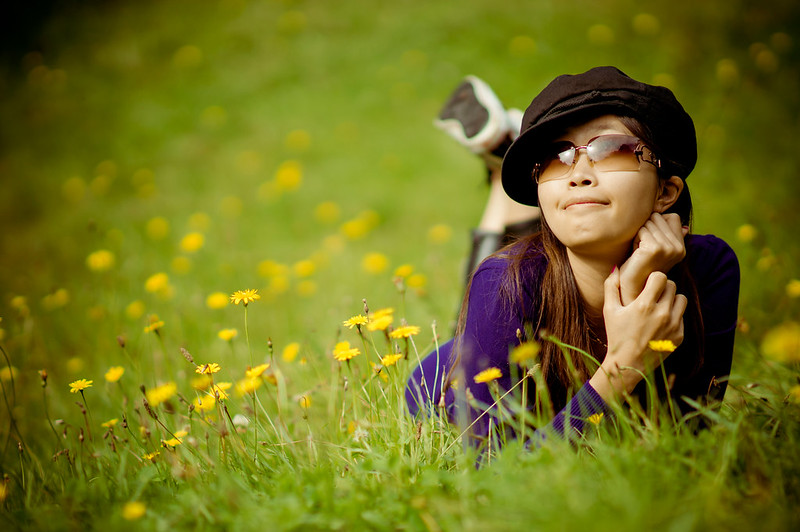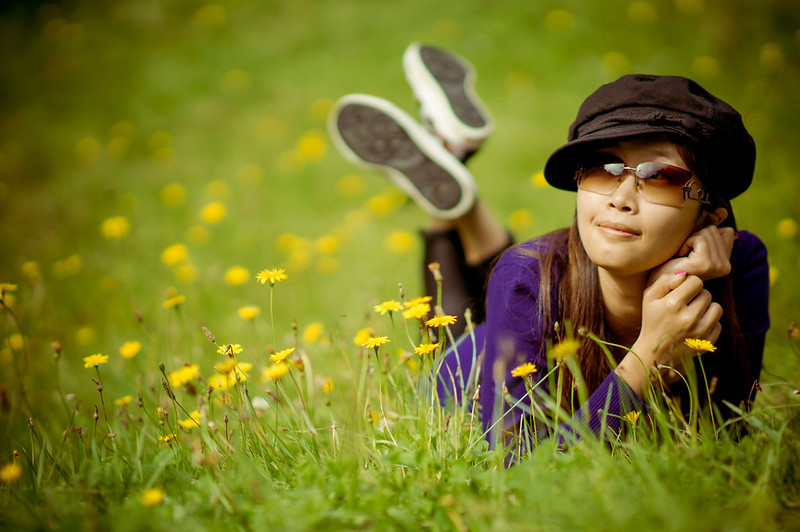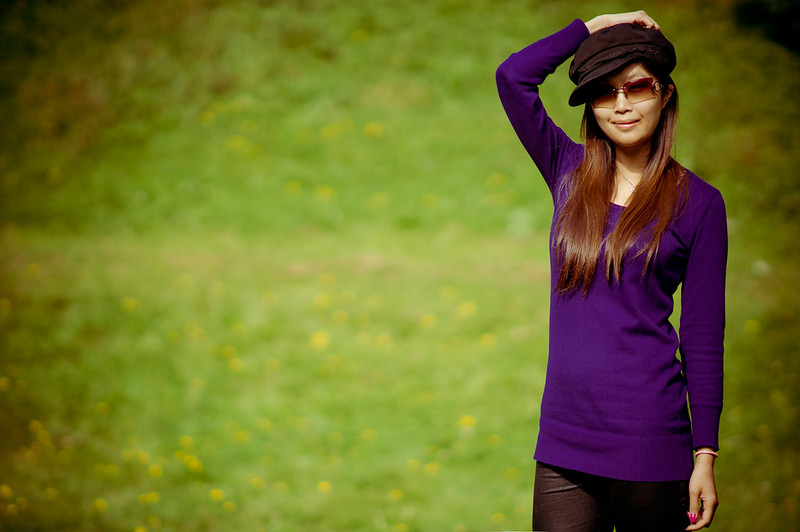If you like this post, help us share it
Back in the days before the time of mirrorless cameras, there was a big gap between P&S and DSLRs. To produce good quality pictures,especially in low light, you have to adopt to the bigger DSLRs. Even a kit lens on a DSLR will out class any P&S cameras. Now with mirrorless cameras, like a DSLR fitted into a much smaller body fill the gap perfectly. A lot of the functions that we see on DSLRs are now also incorporated into mirrorless cameras. The performance of mirrorless cameras has been astonishing, their specs and design are very attractive, they are much more travel friendly than DSLRs and yet still produce compelling images. There are pros and cons with each system. If you want to know which system is best for you, check out this post on Mirrorless Interchangeable Lens Camera or DSLR ?
So how good are the mirrorless cameras? Can they produce good quality pictures like DSLRs?
Mirrorless cameras are designed to be travel friendly, the lenses are small yet perfect for travelling and casual shootings. With an APS-C sensor like in the NEX-7, the image quality, depth of field and noise performance are no difference to any entry DSLRs. The major difference is the choices with lenses and lighting that they can use. The selection is limited, particularly for macro, portrait and telephoto.


Lens choices are a bit limited with mirrorless cameras, but you can always use a mount adapter to mount all sorts of lenses like Voigtlander, Leica, Carl Zeiss, Canon and even Nikon if you don’t mind doing a bit of manual focusing. For more information on adapters, check out our post here.
Off camera lighting is also a little trickier, one way to do it is to use optical trigger using the built in flash. Or simply use natural light and reflectors.
We know mirrorless cameras are good for travel photos, but we also wanted to check if they are any good for portraits. We used a NEX-NIKON adapter on the NEX, so we could mount any kind of Nikon portrait lenses, like 50mm f/1.4, 85mm f/1.4, 135mm f/2 or even the 70-200mm f/2.8. With the adapter, auto focus is no longer available and especially if we are shooting portraits with shallow depth of field, getting precise focus is very crucial. Here is a tip, turn on MF assist, this will help a lot if you are shooting still subject.
If you are using one of Sony’s E mount lenses, then you have the privilege to AF. You will find the AF on mirrorless cameras is slower than DSLRs, but is adequate if you are not shooting anything fast. If your have a moving subject, the NEXs can also shoot up to 10 FPS (M mode and MF) to capture that decisive moment.
Some mirrorless cameras offer EVF which is great in bright light, but I find using the LCD preview is as good, with articulating LCD and the compact size of mirrrorless, you can shoot from high to low, laying down effortlessly. Also with LCD preview, you can check the exposure on the screen and adjust the shutter as you see fit. Much simpler than chimping. The compactness of mirrorless cameras and lens does manual focusing and moving around like a breeze.
We shot wide open to test the shallow depth of field and the render of bokeh from Nikon portrait lens. The results are very pleasant, the contrast of the images is nice, as always the bokeh from Nikon portrait lens is amazing and the shallow depth of field to isolate your subject is made possible thanks to the APS-C sensor. There is no doubt that with the right setup, mirrorless camera can produce very nice portrait photos. Personally, I like mirrorless cameras, but only when they are fitted with an APS-C sensor, they work great for travels and capturing those portraits while you are travelling as you often do.

Where can I find the equipment seen on this site?
If you find this site useful and planning to purchase any of the equipment seen on this site, please show your support by purchasing your photo equipment at B&H Photo Video, or through any of the affiliate links seen on this site.


